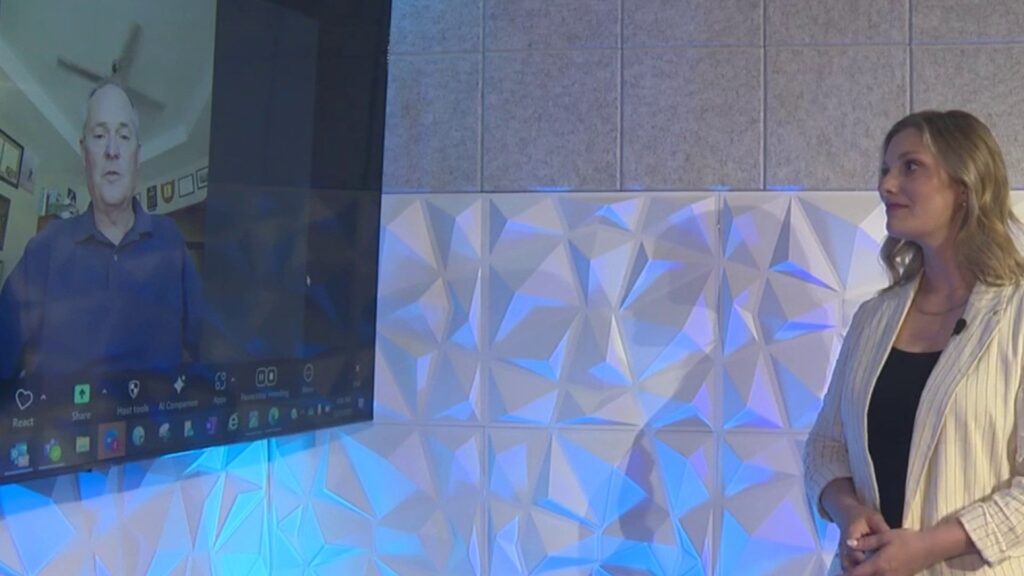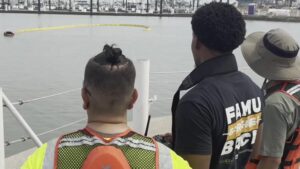
Prostate cancer is the most common cancer in men, and is highly treatable if caught early. A KSAT anchor’s family member is a testament to that and shared his story to spread awareness.
National statistics show how prevalent prostate cancer is. It’s the most common cancer in men.
However, that is also clear at many personal levels within the KSAT newsroom.
One of those connections is anchor/reporter Courtney Friedman’s uncle, Ron Darnell, who just had his prostate removed six months ago after an aggressive cancer diagnosis.
Darnell is candid about his journey and shared his story with KSAT, emphasizing what he believes other men should understand.
“I had just had my annual physical, and obviously, blood work was ordered and my PSA result came back high. The biopsy came back showing I had a Gleason score of 7 and obviously that I had cancer,” Darnell said.
The Gleason score shows the level of severity in prostate cancer. It’s a scale from 6-10.
The higher the number, the more aggressive the cancer.
“People can live with prostate cancer for years, if not a decade or two, but if you have an aggressive form of cancer, you obviously have to deal with it, and that’s how that Gleason score comes into play,” he said.
He is an extremely healthy and active person otherwise, which is why he never thought this would happen to him.
“When I was told I should probably have a biopsy, I wasn’t all that excited about it,” he laughed. “I didn’t think it was necessary because I felt absolutely fine. So when I finally had the biopsy, I was shocked to learn I had cancer.”
“I would highly recommend the annual blood test and just monitor it, especially once you hit 50 and if you have prostate cancer in your family, I was told by my surgeon that you need to start having your PSA taken when you’re 40 annually.”
His cancer hadn’t spread, so he had options of surgery or radiation. He chose surgery.
“Given my age and I was plenty healthy, relative to enduring a surgery, it seemed the best decision, and the fact that it was done robotically. Robotic surgery is just a wonderful way to go,” he said.
He’s now cancer-free and hopes others will benefit from his story.
Courtney also spoke to a San Antonio doctor and patient about this subject, who further broke down diagnosis, treatment, and screening.
Read also:




